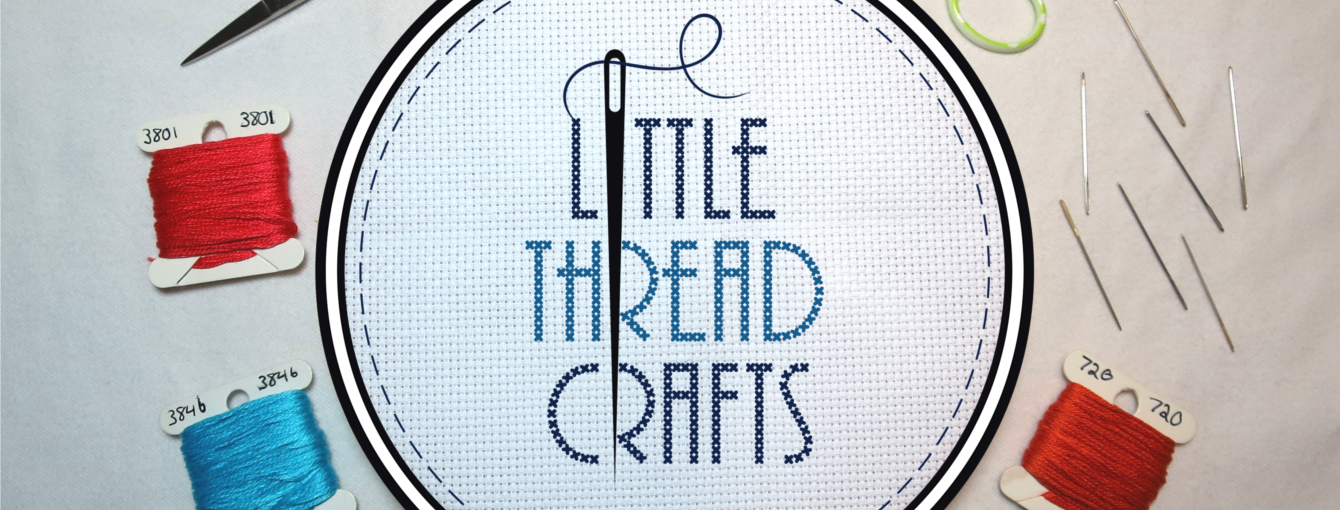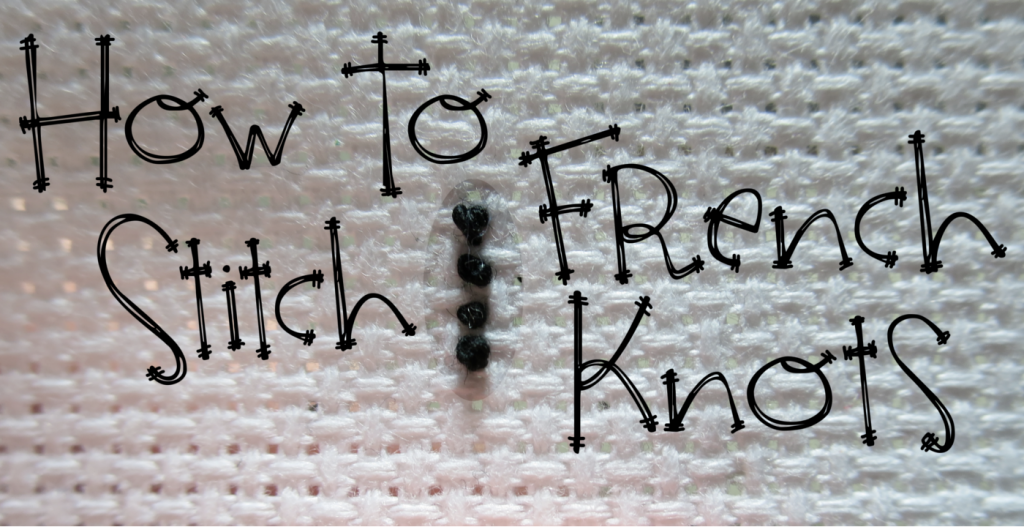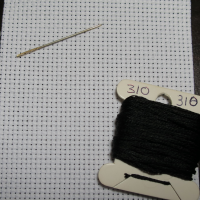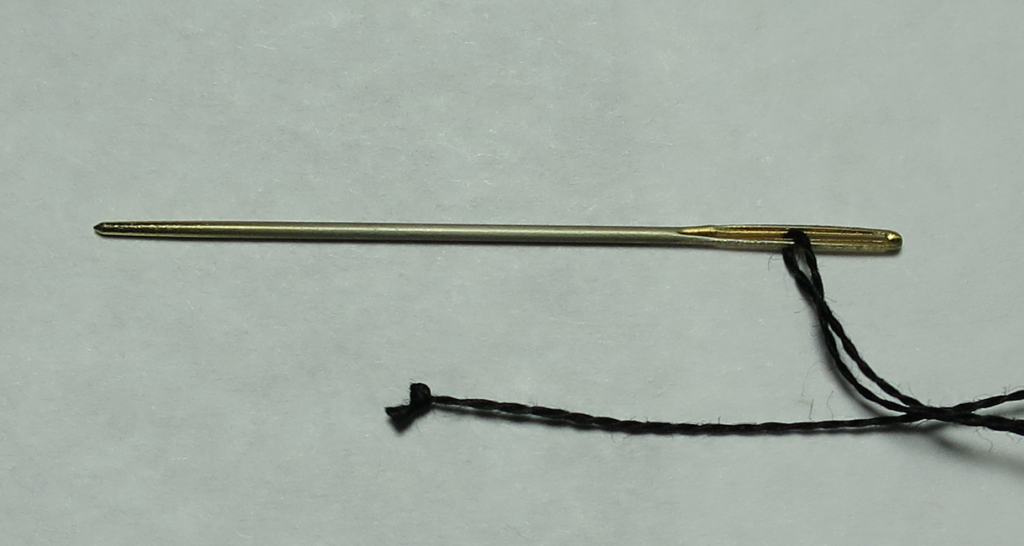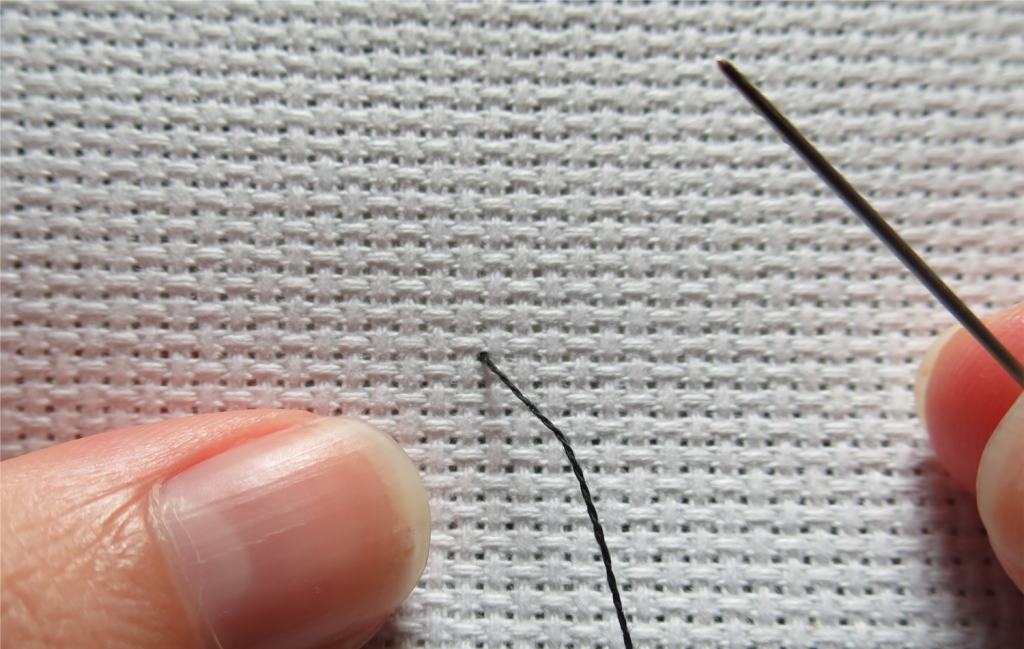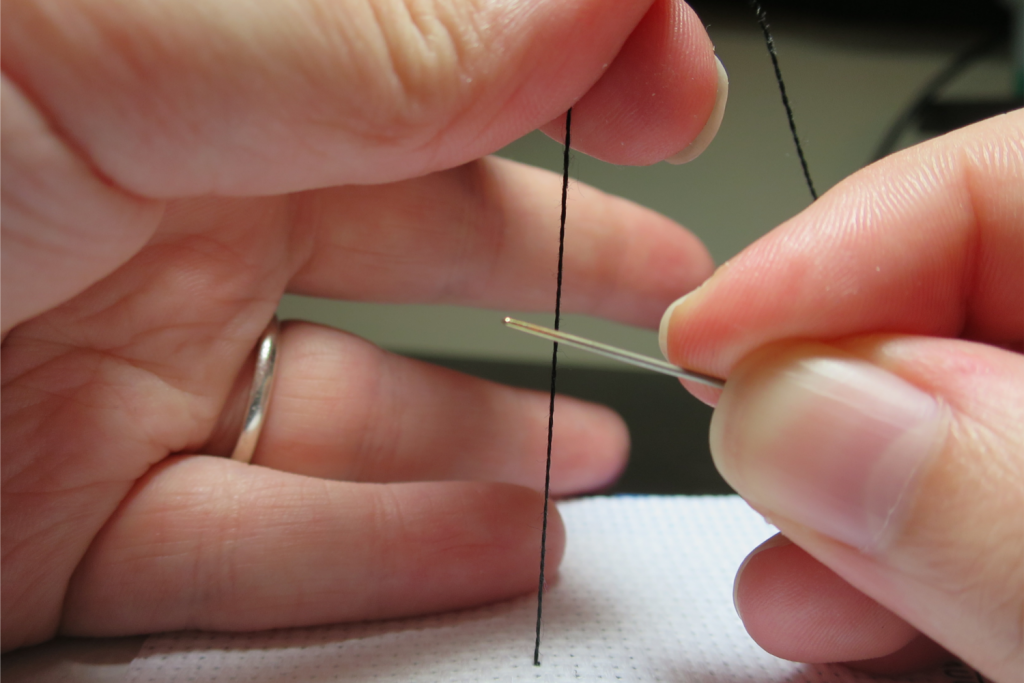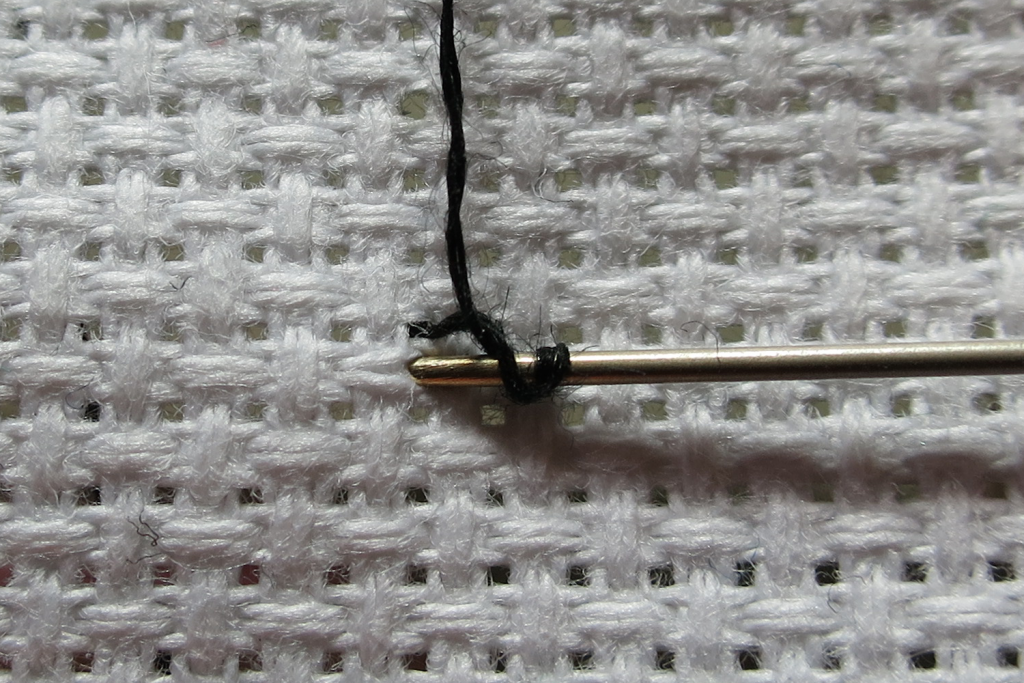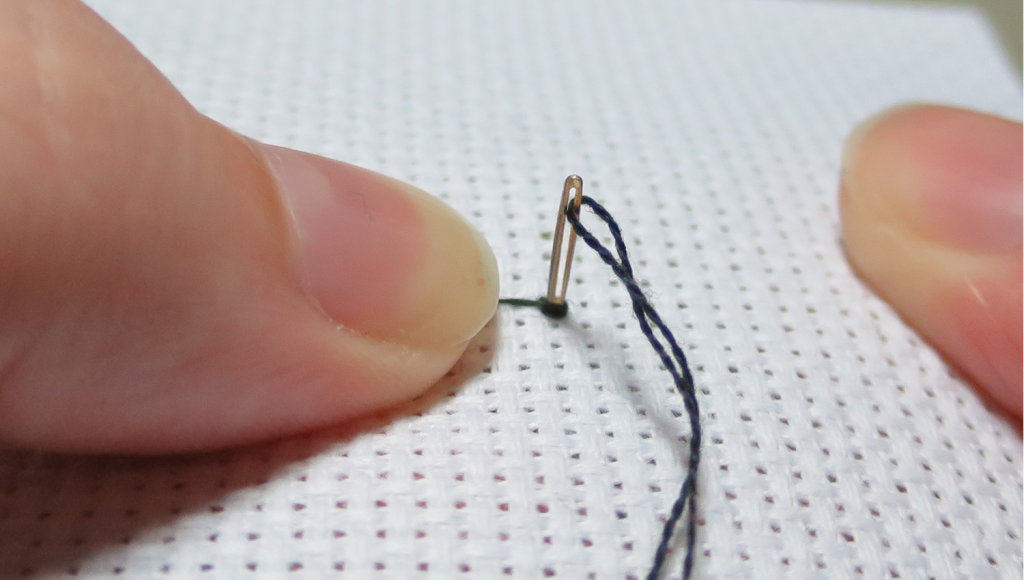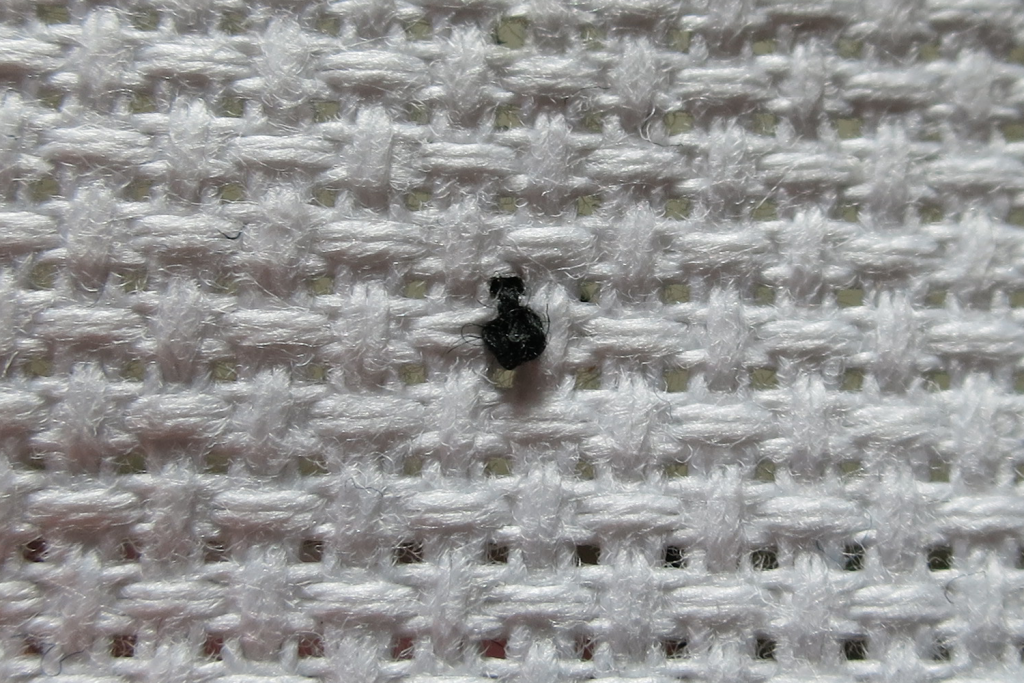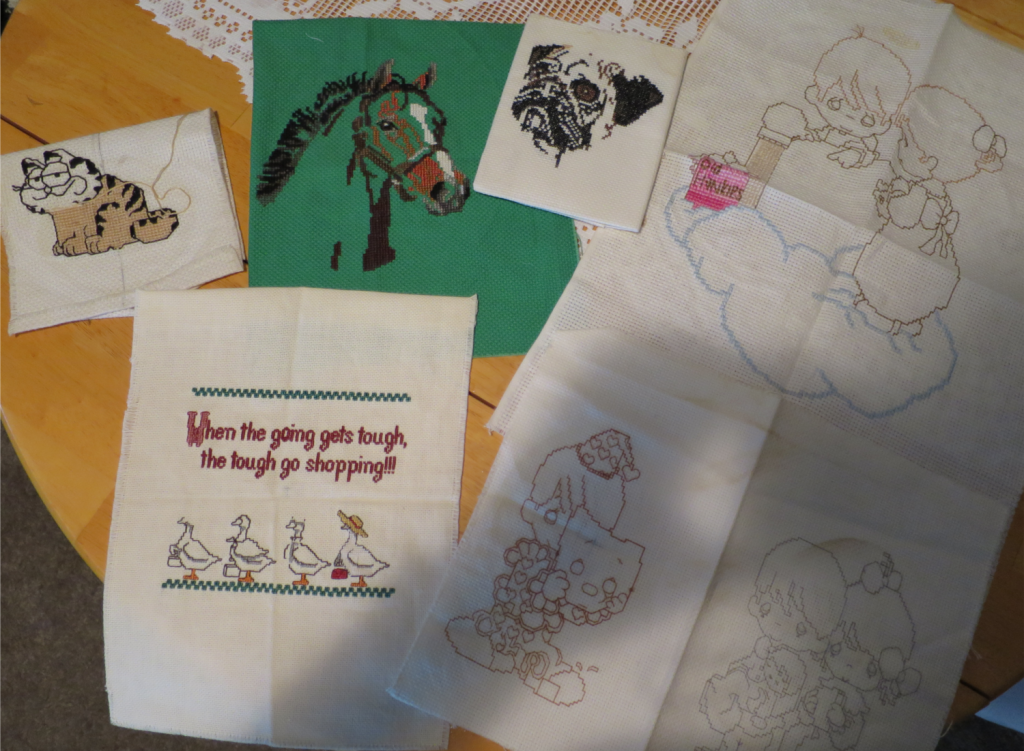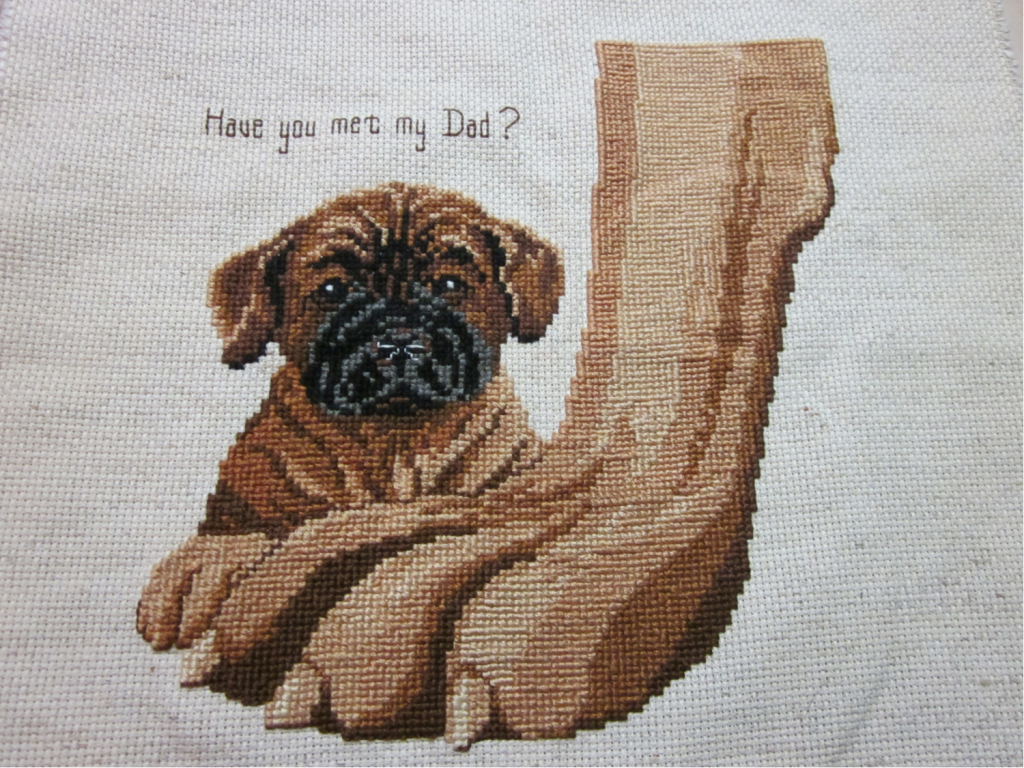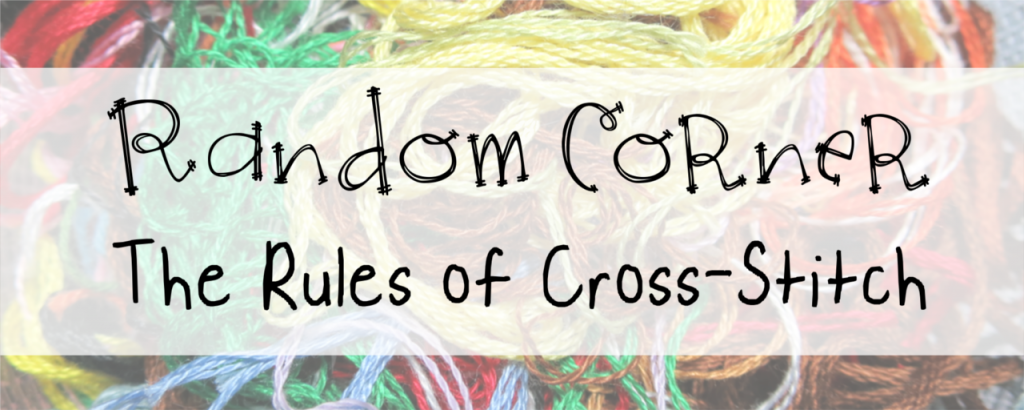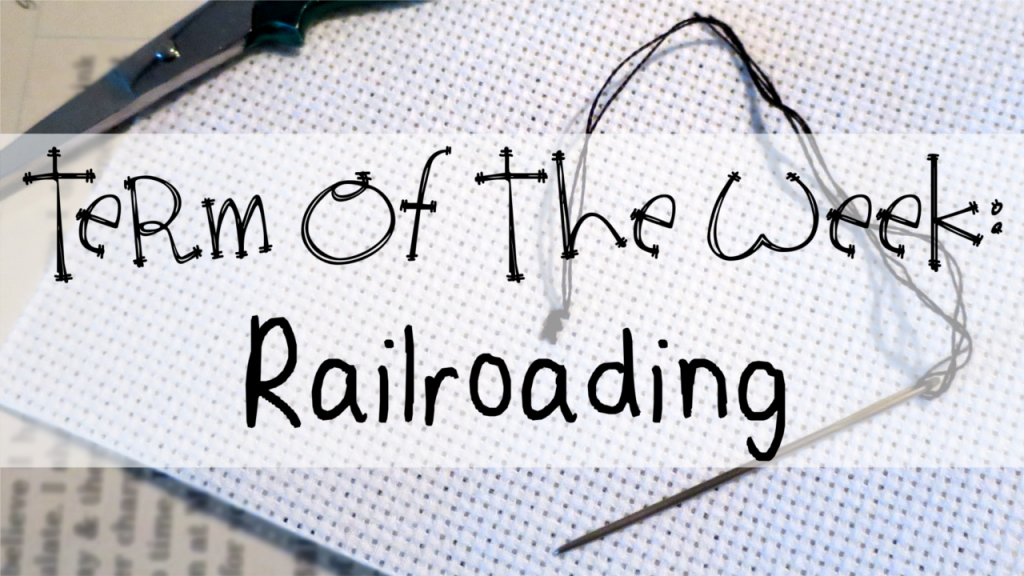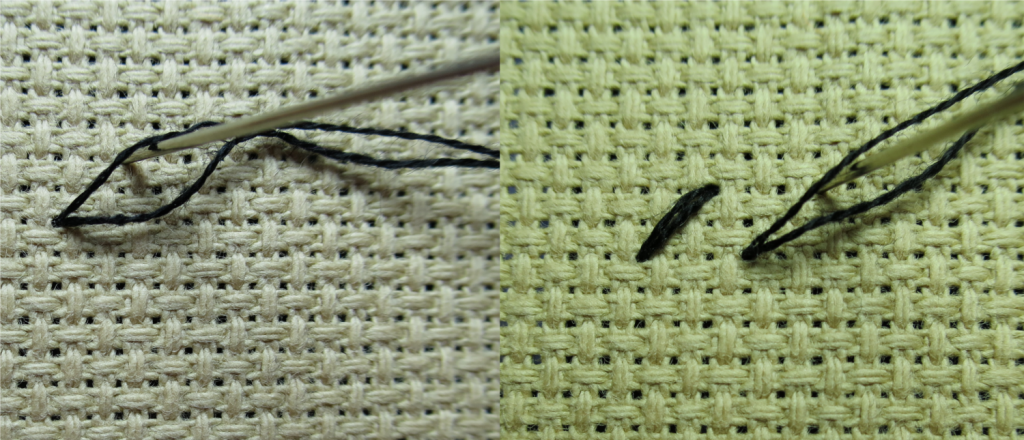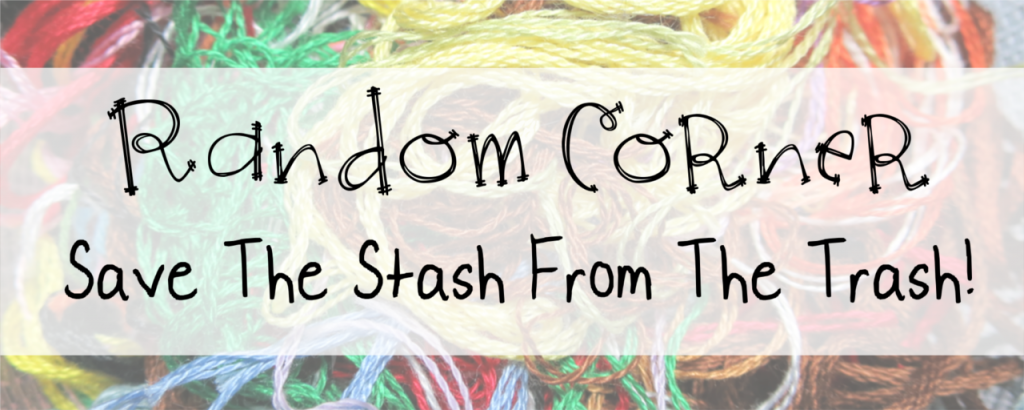
Imagine what will happen to your stash once you’re gone. Maybe you’ll be blessed enough to have other stitchers in the family who will take it and maybe finish all those UFOs and WIPs you have lying around. Or maybe you’ll have it set up so your stash will be donated somewhere or otherwise given away to other stitchers you know or to a good cause.
But imagine what happens to the stash for the families of those who have no other crafty people. What will happen to the stash then? The unfinished pieces will probably get thrown away because someone won’t see value in something that isn’t done. Maybe they’ll try to sell the unopened packages of fabric or needles or thread – but it might also be too overwhelming, considering the gigantic size of most stashes. The best option – and the one most families will go with – will be to take all the stash into a local charity or thrift store to let someone else try to sell it all.
As someone who owns a thrift store, has worked in some, and regularly shops at them, I can’t begin to tell you how much amazing cross-stitch stuff I’ve found in thrift stores. I know in a lot of countries DMC thread isn’t cheap, but at my local Joann’s you can get a skein for $0.39 USD (last I checked). Sometime they run sales 3 for $1 or 4 for $1. Well I went to the Goodwill down the street from campus and randomly came across an entire bin full of BOXES of DMC thread in yellow and green. There were 12 skeins to a box and most of the boxes were in good condition with all the skeins inside, and guess how much they were? $1 each. That is $0.08 per skein! Better than any deal you could possibly get in a retail store. Unfortunately they only had two colors but I’ll never run out of yellow and green for that price.
Right above this bin of DMC thread boxes there were unopened packages of needles for less than $0.60 USD. I always just use the free needles that come with kits so I don’t know if they were a certain kind but it was a great price. There were some quilting patterns, yarn, and hoops in the same area as well.
Next door to the Goodwill by campus is Community Thrift Store, which is a smaller building but tends to have stuff Goodwill does not. The wooden embroidery square frames in the stores can run upwards of $50 USD and I found one there (missing one screw) for $4. There was a very pretty unfinished yarn project on it as well I got for free. I also found an unopened cookie jar cross-stitch kit, a hand framed finished piece I’m sure someone made with a lot of love, and several packages of fabric and some more hoops.
There is another store called Yesterdays Memories pretty close to my house that I decided to go in and browse one day. The woman working was very nice and happened to be a stitcher herself! She had bad eyesight and couldn’t see well enough to do it anymore, but offered to bring a whole load of stuff down for me to look at because she was otherwise just going to end up giving it away or throwing it all out.
After we chatted I walked around and found several very cool unopened packages of fabric (two of them were checkered in multiple colors) an old sewing table, a sewing box (I didn’t end up getting either because I didn’t have enough money on me at the time), several wooden and metal hoops, several handmade felt pincushions in 3 different colors (I so wanted one but again, was running low on money), a cross-stitched table runner that was a small hole in one of the corners the owner was going to throw out, several opened kits that still had all the stuff with them, and a Paula Vaughan finished piece called “Something Old, Something New” that had been professionally framed and had been donated by someone who otherwise would’ve just thrown it out because they had no use for it. I mean this piece is enormous, would have taken me several years to finish, was framed professionally, and the original owner was about to throw it out. Well I rescued it, and it’s currently hanging on my wall above my bed.
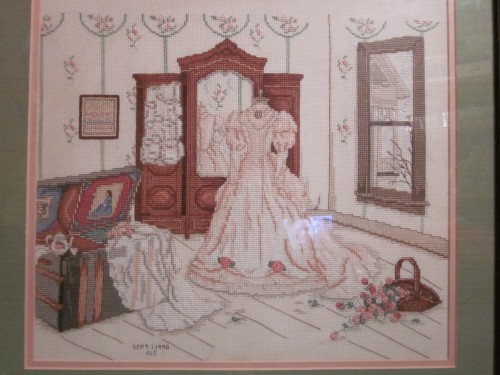
Paula Vaughan’s Something Old, Something New that I rescued from the trash
I’ve gotten several donations to my own thrift store as well. A child of a woman who passed came by and brought almost all of the woman’s Christmas craft stuff for me to sell. It wasn’t just cross-stitch (although I found hoops and several dated Christmas ornaments) but handmade cloth wreaths, wooden ornaments and decorations, ribbons and bows and all kinds of things. I have a few finished pieces that a woman said was given to her by her grandmother after her grandmother passed but she didn’t want them. I have really cool looking needlework tapestries (they were manufactured in Belgium, but they still look cool!). I have a large amount of chart books for cross-stitch, needlepoint, and embroidery, along with thread and hoops. All donation stuff.
I’ve been seeing a lot of discussion in my Facebook groups about the New Year and how people want to stop buying new charts, fabric, etc., because their stashes are so large. Not that I disagree, I believe in using what you have before getting something new, but I also have an opinion on buying stash. If it’s possible, find a thrift store near you and buy any stash stuff you find from there! Because it is unbelievable how much good, gently used or even unopened stitching supplies can be found because people give them away. And guess what happens if nobody buys it? It ends up in the trash! And especially if you find finished pieces, buy them. Save them. You know how many hours we stitchers put into our pieces, sometimes thousands of hours, but people who don’t understand will literally want to toss them out thinking they’re worthless. The piece I have above my bed was probably worth thousands of dollars to the person who made it and I got it for less than $15.
Buying from the retail chains and your local needlework shops and your online stores are very important – after all, buying charts or kits or fabric shows the commercial industry that there is a market in cross-stitch and people will buy if you have something to sell. That why Wal-Mart recently brought back its stitching section for the first time in years (I know because when I first got back into cross-stitch I couldn’t find anything anywhere until I went to Joann’s). But when I know, and have personal experience, that there is a lot of beautiful and gently used stash items and unfinished and finished pieces lying around in thrift stores or charities that are going to be thrown away if people don’t buy them, I get very upset knowing it’s all going to go to waste.
Please, if the option is available to you, save the stash from the trash! Don’t let non-stitchers and anyone else who doesn’t understand what we do just toss away those things that are so precious to us! Shop at thrifts stores or charities, go to estate sales and garage sales, look for stash where you can find it, and save it! It is always cheaper than what you can get from big chain stores like Joann’s and Michael’s and DMC. And think of the fact that some of it might not even be in production anymore! That nice package of aida fabric you found might have come from a company that went out of business 20 years ago. Or that kit is extremely rare because it’s completely out of production. You might never find another thing like it again, and if you don’t buy it, no one else will be able to see it either because it’ll get thrown away.
Save the stash from the trash!
——————————————————————————-
“Random Corner” is a place for all articles related to all manners of cross-stitchery and the cross-stitch community that don’t fall into the topics covered in the regular weekly schedule. There is no set schedule for Random Corner articles, they’re just random!
